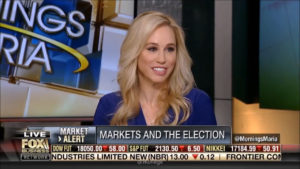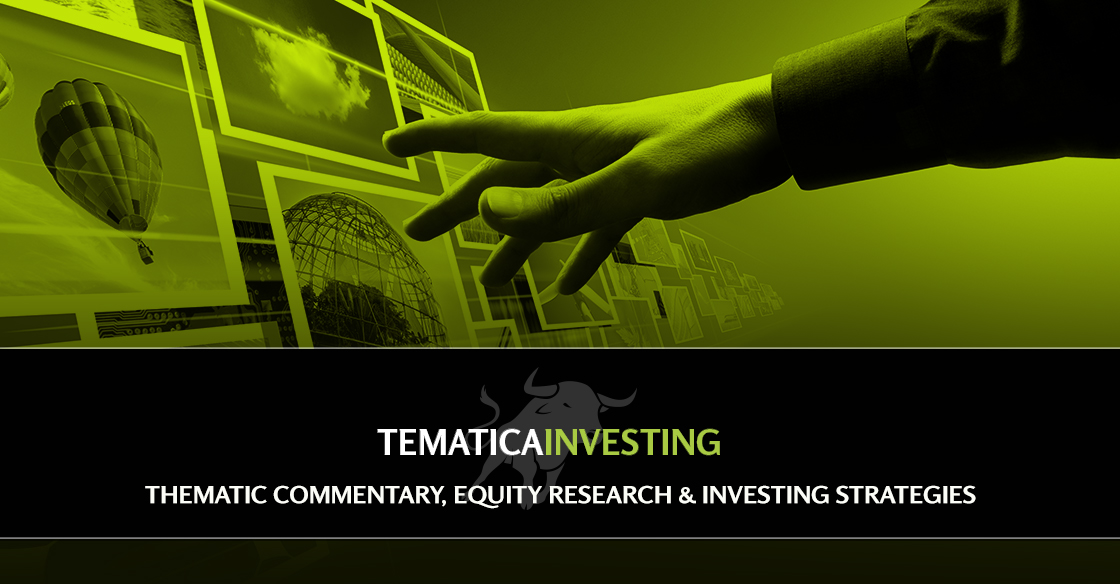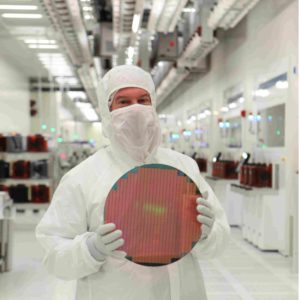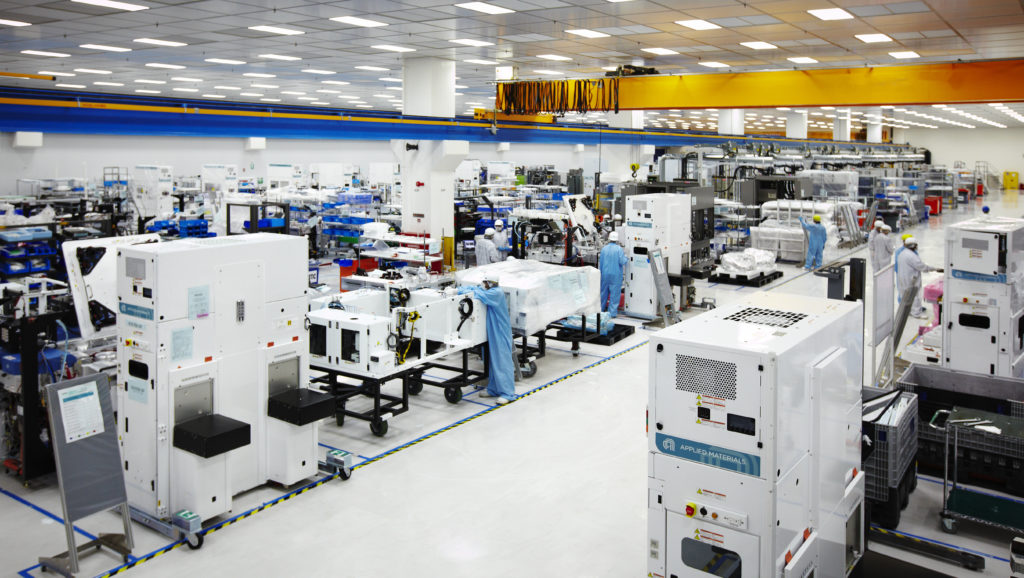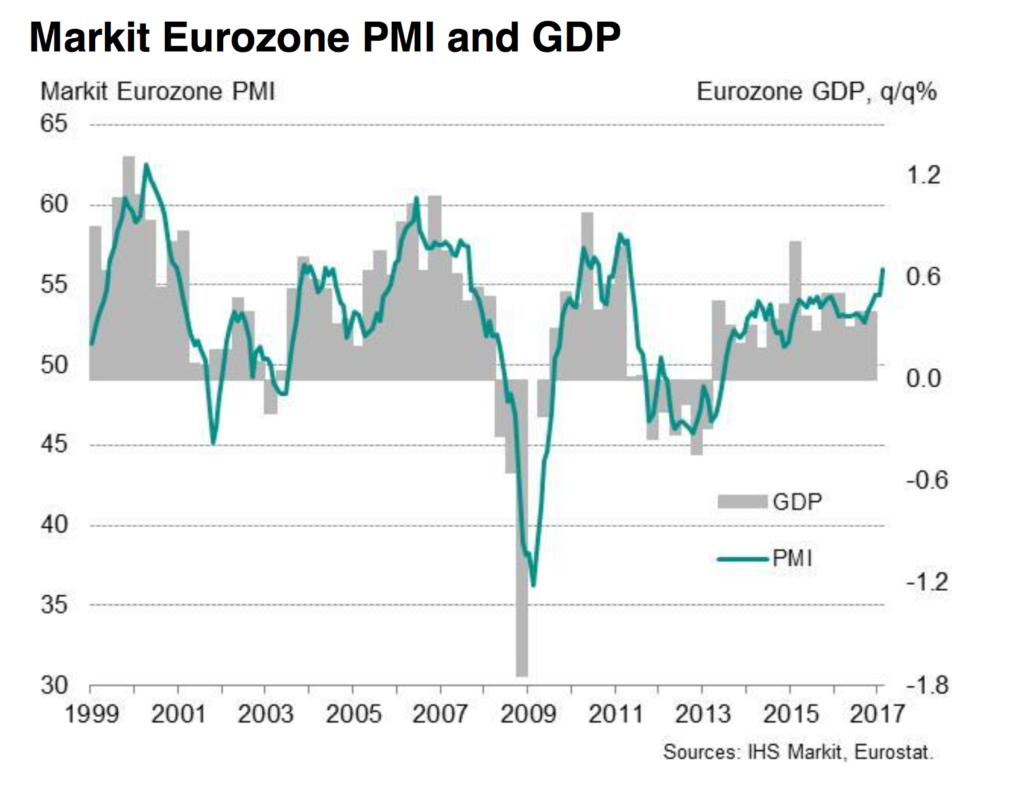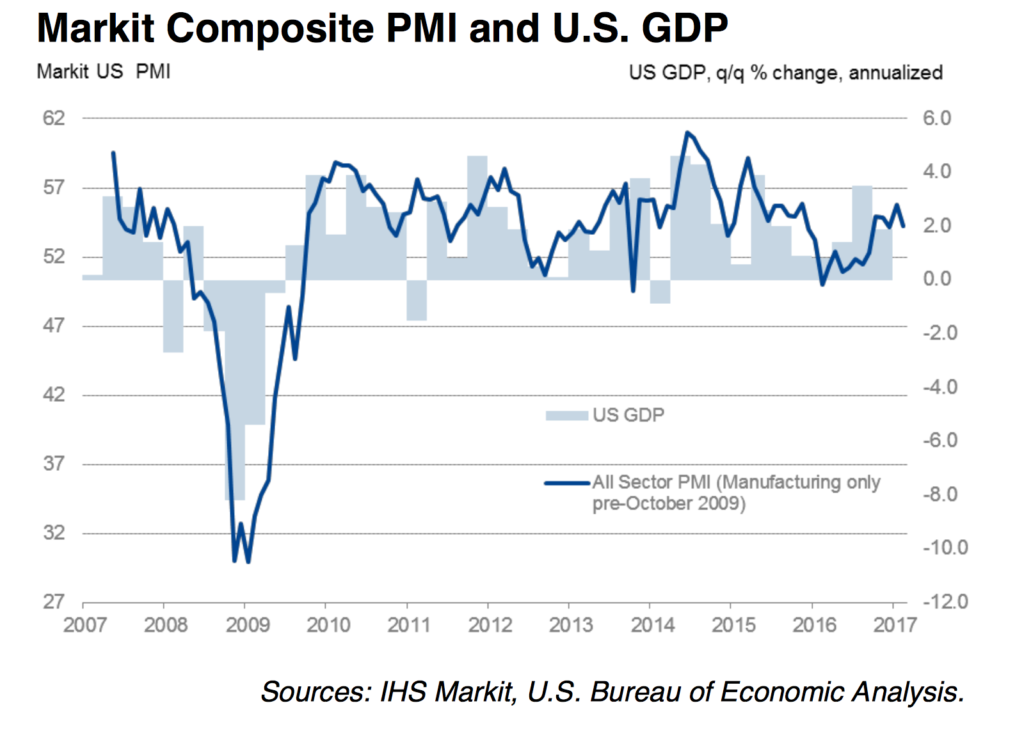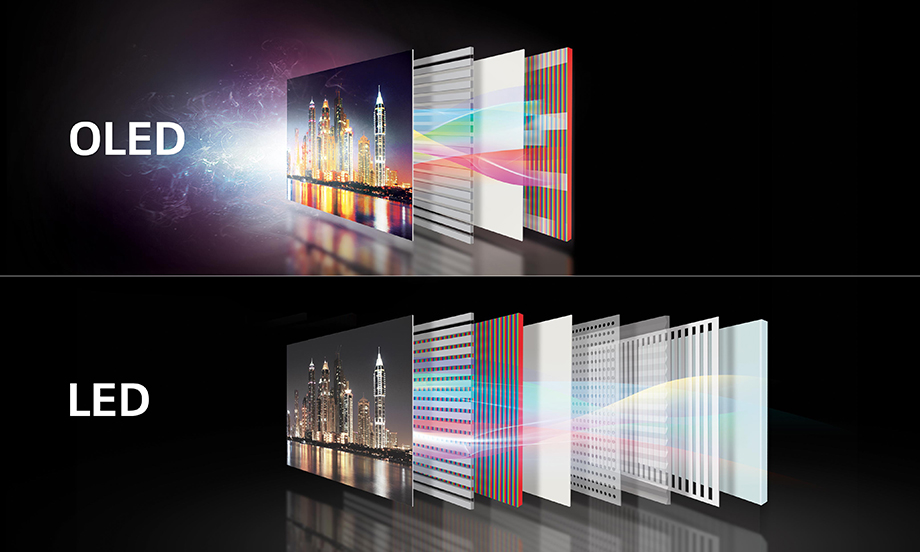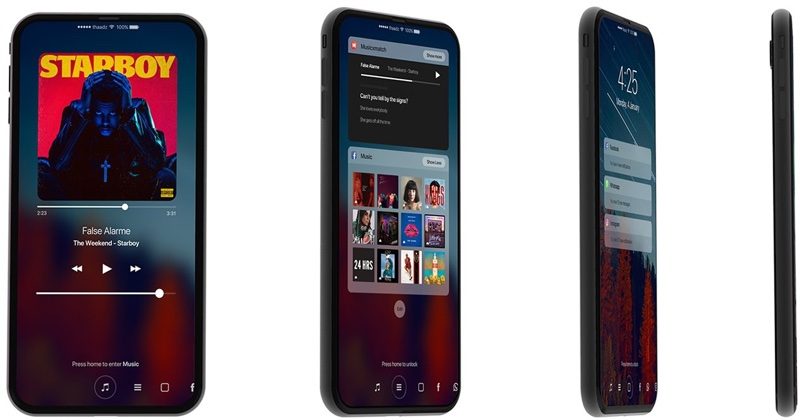Putting Some Defensive Measures in Place Ahead of Tuesday’s Trump Speech
If you’ve missed our weekly Monday missive that is the Monday Morning Kickoff, we’d encourage you to pursue it later today as it offers both context and perspective on last week, including much talk about the Fed, and sets the stage for this week.
This week, we’ve got a lot of data coming at us, more corporate earnings that prominently feature our Cash-strapped Consumer and Fattening of the Population investing themes. There are a number of events and conferences as well, and before too long we’ll have some thoughts on this week’s Mobile World Congress, an event that meshes very well with our Connected Society, Disruptive Technology and Cashless Consumption investing themes.
We expect to see a number of announcements ranging from new smartphone models, connected as well as autonomous vehicle developments, voice digital assistant initiatives, drones, and payment systems to name a few. We’ll be watching these with regard to a number of positions on the Tematica Select List, including Universal Display (OLED), Nuance Communications (NUAN), AT&T (T), Dycom Industries (DY), CalAmp (CAMP) and Alphabet (GOOGL) as well as Amazon (AMZN). Already Amazon has announced it will bring its Alexa VDA to Motorola’s smartphones, and we see that as the tip of the proverbial iceberg his week.
As the Mobile World Congress gets underway, however, we have another event that should capture investor attention. After presenting today what’s called a “skinny budget”, (which we view as the “opening bid budget”) tomorrow night President Trump will be speaking to a joint session of Congress. Typically this is referred to as the State of the Union Address, but it’s not called that for a newly elected president. Trump has already shared that he will be talking about health care reform — “We’re going to be speaking very specifically about a very complicated subject…I think we have something that is really going to be excellent.”
As we’ve said before, we’re optimistic and hopeful, but thus far it seems Republicans have yet to find common ground on how to move forward on this. In addition to healthcare reform, investors, including us, will be listening for more details on Trump’s fiscal policies. The issue is speeches such as this tend to be lacking in specifics, and we would be rather surprised to see Trump deviate from that tradition. Moreover, we’ve already seen the Treasury Secretary push out the timetable for a tax report to late summer, and Trump himself suggested that we are not likely to see his tax reform proposal until after the healthcare reform has been addressed.
As we shared in this morning’s Monday Morning Kickoff, with the S&P 500 trading at 18x expected earnings, it looks like the stock market is out over its ski tips. Two drivers of the market rally over the coming months have been:
- The improving, but not stellar economic data
- The hope that President Trump’s policies will jumpstart the economy.
We’ve been saying for some time that the soonest we’d likely get any meaningful impact from Trump’s policies would be the back half of 2017. That’s been our perspective, but as we know from time to time, the stock market can get ahead of itself, and we see this as one of those times. The stock market’s move reflects expectations for an accelerating economy – it’s the only way to get the “E” that is earnings growing enough to make the market’s current valuation more palatable.
Need to Keep Our Eyes on Both Sides of the Equation
One of the common mistakes we see with investors is they almost always only focus on the upside to be had, without keeping an eye on the downside risks. If Trump is successful when it comes to the domestic economy, and we’d love nothing more than to see acceleration here, earnings will likely grow materially.
One of the potential risks we see this week is the market being disappointed by the lack of details that Trump will share tomorrow night, which might be read as a push out in timing relative to what the stock market expects. As we said on last week’s Cocktail Investing podcast, resetting expectations is a lot like children that open presents on Christmas morning to find something other than what they expected — it’s far from a harmonious event and more like one that is met with mental daggers, confusion, and second guessing. In short, not a fun time at all.
For that reason, we’re going to make some defensive adjustments to the Tematica Select List, which has enjoyed the market rally over the last few months and led to strong moves in our Universal Display (OLED), AMN Healthcare (AMN), Costco Wholesale (COST) shares as well as several others.
With an eye toward preserving profits, we are going to introduce the following stop losses:
- Alphabet (GOOGL) at $800
- Universal Display at $70
- AMN Healthcare at $37
- PowerShares NASDAQ Internet Portfolio ETF (PNQI) at $90
Alongside these new stop losses, we’re also going to raise several existing ones:
- Boost our stop loss on AT&T (T) to $36 from $31
- Raise our stop loss on International Flavors & Fragrances (IFF) to $115 from $105
- Boost our stop loss on Costco Wholesale to $170 from $165
- Increase our stop loss on Disney (DIS) shares to $100 from $87
Again, our thought is better to be safe than sorry given where the market currently sits. We’ll continue to review other positions on the Tematica Select List with similar actions where and when it makes sense.


